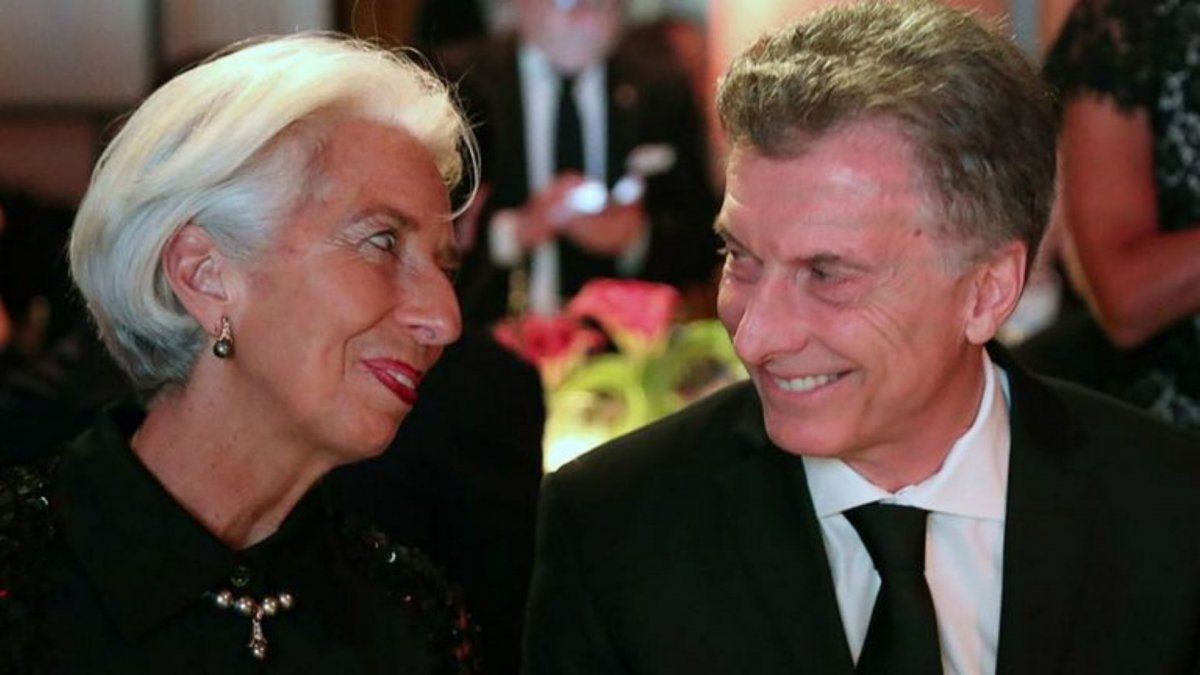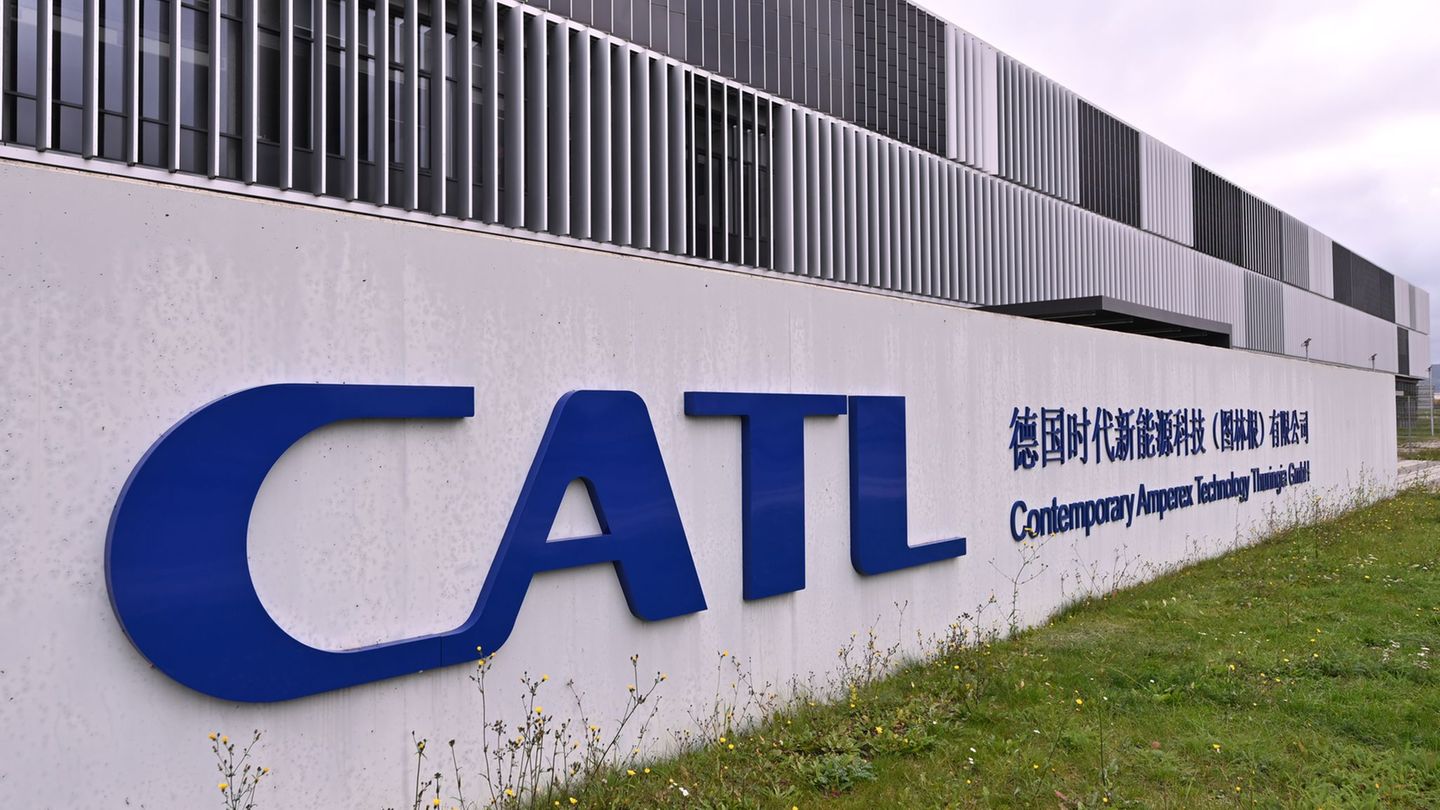A delegation of auditors from the International Monetary Fund (IMF) arrived in Buenos Aires to investigate the multimillion-dollar loan that the organization granted to Mauricio Macri in 2018. He did so without making any announcements and began a series of meetings with economists and former officials of the Macri and Alberto Fernández governments. The committee in question seeks to determine whether the award and implementation of said program met the requirements stipulated by the IMF statute.
Those sent are part of the Independent Evaluation Office (OEI), a department that at least on paper functions autonomously from the organization’s technical staff. The visit was originally scheduled for last November, but was postponed when Javier Milei’s victory in the presidential runoff became known.
The investigation is part of broader work by the OEI on the latest exceptional access programs granted by the Fund. These are those that, due to their large amount, exceed the maximum quotas assigned to each country. Among them, the agency chose to address three cases: that of Argentina (which turned out to be the largest loan in the history of the organization), that of Ecuador and that of Egypt (these last two signed in 2020, the year of the pandemic). As he knew Ambit, The evaluation is expected to be completed by the end of this year.
According to an IEO document accessed by this media, the investigation is based on the following: “The exceptional access policy was widely invoked during 2002–2022, allowing the Fund to deploy large-scale financial support to members in difficult circumstances. The use of the PAE was particularly pronounced after the global financial crisis and during the eurozone crisis. During 2016-2022, the use of the PAE decreased and had only six agreements, although these included unprecedented agreements with Argentina”. Furthermore, the office states that of the 38 exceptional access agreements granted in that 20-year window, 55% “derailed.”
The delegation began meeting with economists and former officials. Except the meeting he had with Martin Guzman, the first Minister of Economy of Alberto Fernández, did not transcend any of the other rallies. At the Fund they avoided giving details about their meeting agenda. For now, the main expectation is that meetings will be held with Macri’s economic team, involved in taking on that debt. The loan was originally for US$50 billion, then expanded to US$56 billion and finally around US$45 billion was disbursed.
The signatories on the Argentine side were the then Minister of EconomyNicolás Dujovneand president of the Central Bank, Federico Sturzenegger. The latter continues to be the protagonist today: he is an advisor to Milei and was the main author of both DNU 70/2023 and the omnibus law. The current head of the Treasury Palace also had a leading role, Luis Caputowho at the time of the signing headed the Ministry of Finance and shortly after replaced Sturzenegger at the BCRA, but ended up leaving the administration precisely due to the short circuits he had with the Fund’s staff.
fmi
International Monetary Fund (IMF).
REUTERS
Point by point: what the IMF will evaluate
If there was a program that was exceptional in the history of the IMF, that was the one that Macri achieved. The amount awarded exceeded the country’s quota by more than 1,200%. Fairly It is investigated whether this award was justified based on the requirements established by the organization’s internal regulations.. This is a key issue since there is a complaint by Peronism that, in reality, it was a political loan promoted by the government of Donald Trump, who would have weighed the power of the United States on the Fund’s Board of Directors. Something that is supported, among other issues, by the statements made years ago by Mauricio Claver-Carone, former US representative on the Board.
Specifically, the OEI will focus on evaluating four criteria that should be met for a credit of these characteristics: that the requesting country, in this case Argentina, faced a balance of payments crisis; that debt was considered sustainable in the medium term, that is, it had a short-term liquidity problem; that had prospects for return to the markets of capital to meet the repayment of the loan; and that the program had a chance of success, among other issues due to the existence of a political support towards the agreement.
According to the IEO document accessed by this media, the auditors’ work “will cover the context in which the agreement was designed, the effectiveness with which the Fund handled this case (with special attention to the implementation of the access program exceptional) and the results of the agreement” between the organization and Argentina.
Guzmanwho made public his meeting with the delegation through his X account, stated that Of the four criteria in question, the program failed to meet three. One of them was the sustainability of the debt: the former minister told the auditors that the fact that Macrismo’s argument was endorsed that the problem was liquidity due to “the market’s fear of Kirchnerism” implied “lending to favor the chances of the Macri government.”
According to Guzmán, the criteria of perspective of access to the credit market and presence of political support for the program were also not met. For example, Peronism (the main opposition force at that time) was opposed to the agreement and it was not discussed in Congress.
In addition, he highlighted that the indebtedness with the Fund “was used to avoid restructuring unsustainable external debt and finance the departure from Argentina of the capital that came to speculate in the Macri-Caputo-Sturzenegger era (2015-2018).”
Questions for former officials
As Ámbito learned, The OEI developed 19 questions to ask in the meetings within the framework of the investigation. For the Argentine case, he defined that he would focus mainly on 12 of them. Which are?
The first three deal with the design of the program:
- Has program design in cases of exceptional access been systematically different from program design in cases of normal access? If so, were the differences justified by the objectives of the exceptional access programme?
- How did similarities/differences in program design across cases influence the consistency and effectiveness of the exceptional access program? The analysis will include (i) the mix of financing and adjustment, (ii) the burden sharing of financing needs between the Fund, other official creditors (including regional financial arrangements) and the private sector, (iii) the extent where financing was used for budget support, (iv) phasing of financing and adjustment, (v) IMF diagnosis (including assumptions and forecasts), key recommendations and conditionality on macro adjustment, exchange rate flexibility and structural reforms, and (vi) the management of deviations from program objectives and the ex ante development of contingency plans.
- How well did surveillance identify vulnerabilities in the respective countries during the period leading up to the crises? How effectively did the program design respond to these vulnerabilities under the SAP?
Then, there is a question about the criteria used to decide exceptional access:
- Were the exceptional access criteria fit for purpose in practice, did they function as intended and were they evaluated with sufficient rigor and fairness? Were the tools and methodologies used to assess the respective criteria (including debt sustainability) fit for purpose?
To this he added two questions about the decision-making procedure, which are key to determining whether there was indeed a strictly political motivation behind the loan:
- Were the decision-making procedures and internal review process fit for purpose in practice? Were the procedures followed with sufficient rigor and impartiality? Did they work as planned to enable the Board, Management and staff (area and review departments) to effectively carry out their respective roles?
- How were technical analyzes and political considerations integrated into credit decision making? Were the formal and informal consensus-building processes adequate, both within the IMF and with country authorities, to decide the strategy to implement in each case?
Finally, there are six questions about the effectiveness and results of the program:
- Did the experience with the exceptional access agreement meet the key objectives (shaping expectations, providing a benchmark for program design and access, protecting Fund resources, and ensuring uniformity of treatment), both for countries as for the background? How effective was the exceptional access program with respect to other initial concerns, including the effects of exceptional financing on moral hazard, the Fund’s catalytic role, and its preferred creditor status? How does the 2016-2022 experience compare to the previous exceptional access experience, taking into account the policy modifications?
- What were the main obstacles to implementation?
- Do countries with exceptionally large balance of payments needs generally seek exceptional access? What factors influenced members’ demand for exceptional access?
- How well has the IMF performed in cases of exceptional access, particularly in terms of speed of reaction since the onset of crises, adequacy of access levels granted, and catalytic effect of Fund financing?
- From an enterprise risk management perspective, what residual risks do the exceptional access program and its implementation reveal for the Fund, and how can the institution best mitigate (or accept) the respective risks? How did exceptional access decisions reflect the Fund’s risk tolerance, explicitly or implicitly?
- Overall, what aspects of the implementation of the exceptional access program worked well or poorly, from the perspective of various stakeholders, including country authorities, Fund staff, members of the Board and Management, and third parties? , including other members, the private sector, other international financial institutions, civil society organizations, experts and academia?
Source: Ambito




